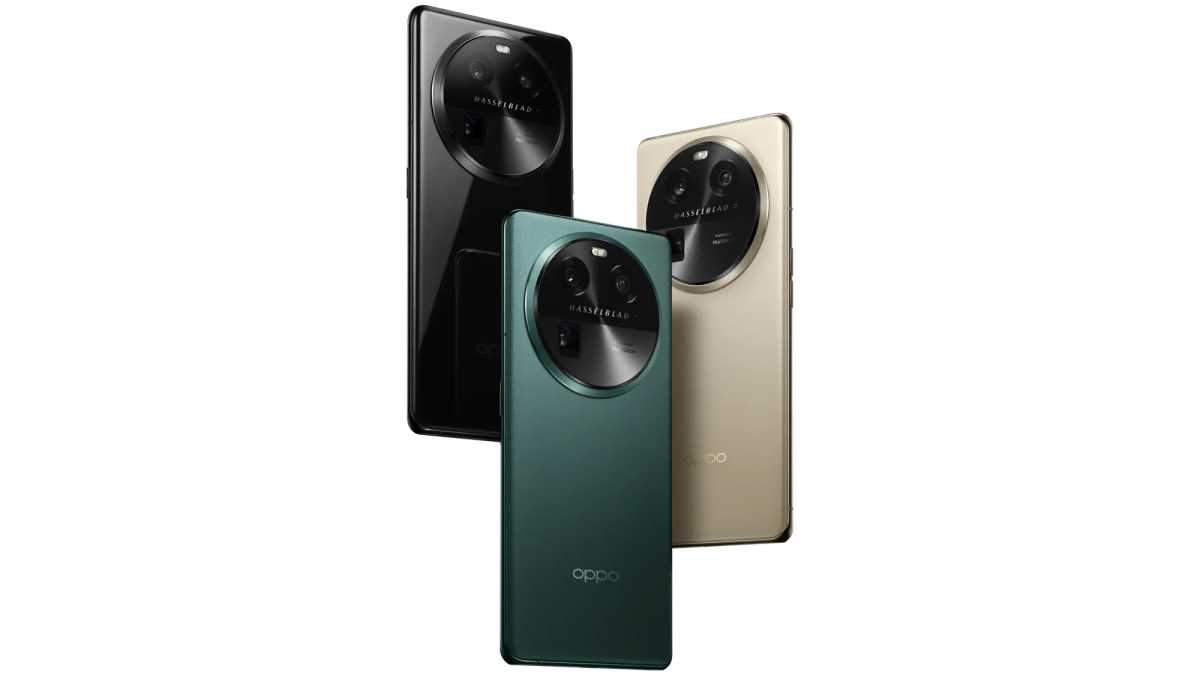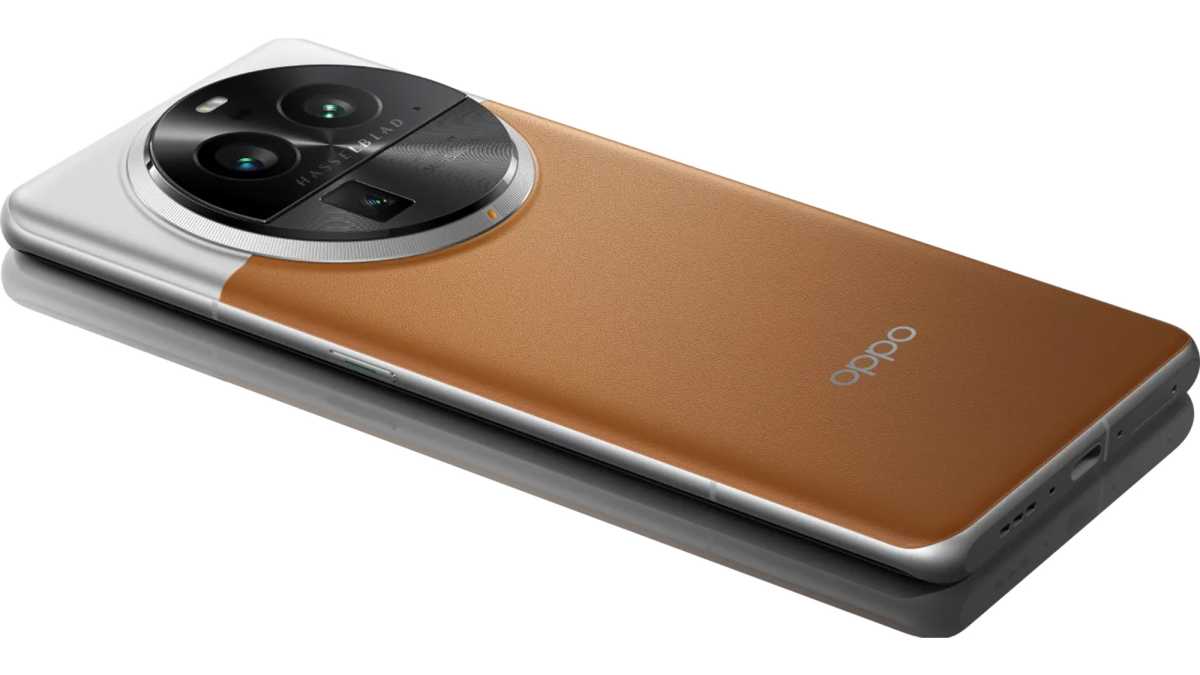The Oppo Find X6 is Oppo’s latest flagship phone line-up, but this time around it comes with a key change: it won’t be launching outside of China.
The company has released two models, the Find X6 and Find X6 Pro, but there are no plans for either to receive a global release. Still, they’re phenomenal looking devices, so here’s what you need to know about them.
When was the Oppo Find X6 released?
Oppo launched the Find X6 phones on 21 March in China.
Unfortunately, the company was quick to confirm that neither handset will release elsewhere – despite just giving an international launch to its Find N2 Flip foldable, and the fact that last year the Find X5, Find X5 Pro, and Find X5 Lite all launched worldwide.
How much does the Oppo Find X6 cost?
Obviously we only have Chinese pricing for the two Find X6 phones, but here’s what they cost:
- Oppo Find X6 – From ¥4,499 (around $650/£520)
- Oppo Find X6 Pro – From ¥5,999 (around $860/£690)
What are the Oppo Find X6 specs and design?
Oppo only announced two phones at the initial launch, the Find X6 and Find X6 Pro. Here’s how they break down.
Oppo Find X6
The regular Find X6 may be the more affordable of the two phones, but it’s no slouch.
It’s a big flagship phone, 9mm thick and 207g, with a premium design dominated by a large camera module, available in green, gold, or black. It also packs an IP64 rating for dust & water-resistance – which is good, but not the best.

Oppo
The expansive 6.74in display is an OLED panel with a crisp 2772 x 1240 resolution and an adaptive refresh rate from 40Hz-120Hz.
It’s powered by the flagship MediaTek Dimensity 9200 chipset, which is combined with either 12GB of RAM and 256GB storage, or 16GB RAM and 512GB of storage. The 4800mAh battery comes with 80W wired charging, but no wireless support.
On the back you’ll find a trio of 50Mp rear cameras. Both the main camera and 2.8x telephoto use the same Sony IMX890 sensor, with f/1.8 and f/2.6 apertures respectively. The ultrawide actually uses a slightly smaller Samsung JN1 sensor at the same resolution, though at a fast aperture of f/2.0. On the front, a 32Mp selfie camera completes the setup.
The telephoto is the especially exciting lens here (and the only rear lens shared with the Pro model), as the sensor size and fast aperture are both firsts for a zoom lens in a phone, and there’s a good argument to be made that this could be the best zoom around.
Oppo Find X6 Pro
The Pro naturally steps things up a level.
The design is broadly similar, but the gold model is replaced by a brown version which splits its design with a two-tone glass and vegan leather look. The phone also packs a superior IP68 rating, giving it better protection from water than the regular model, plus Gorilla Glass to keep it safe from scratches.

Oppo
The display is a little larger at 6.82in, and at a higher 3168 x 1440 resolution. It also has a more adaptive refresh rate, running from 1Hz-120Hz, plus a 240Hz touch sampling rate and an impressive 2,500nit peak brightness – allegedly the brightest in any phone.
The chipset has changed, now equipped with the Snapdragon 8 Gen 2 chip. RAM and storage options remain the same, apart from the introduction of a middle-tier model with 16GB of RAM but the smaller 256GB storage allocation.
The larger 5000mAh battery should power the phone for a little longer, and the phone also features faster 100W wired charging and 50W wireless.
The bigger upgrades are to the cameras though. The selfie and telephoto lenses are the same as on the regular model, but the main camera and ultrawide aren’t.
Both remain 50Mp, but the main lens is upgraded to the 1in IMX989 sensor found in the likes of the Xiaomi 13 Ultra and Vivo X90 Pro, while the ultrawide uses the same IMX890 uses in the telephoto. That means this setup should really live up to Oppo’s promise of a ‘triple main camera’, with excellent performance out of every lens.
For more on the current chart-topping devices, read our guide to the best smartphones and best phones coming in 2023.


